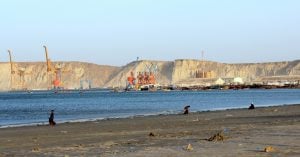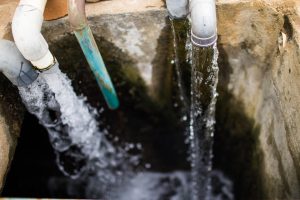The pla beuk is a beautiful behemoth; a gigantic toothless catfish with skin smooth and silky to the touch.
It’s the largest freshwater fish in the world and, once upon a time, these fish swam the great lengths of the mighty Mekong River from southern China, through Burma, Laos, Thailand, and Cambodia, all the way to the river’s delta in Vietnam.
Now, there are maybe only a few hundred adult specimens still living, hidden in isolated deep pools in a few relatively undisturbed places along the river.
If you wish to catch a glimpse of one, the best bet is to cast your eyes about the murals of the Mekong’s resorts, restaurants and riverside temples, where they’re often painted in a serene satiny blue.
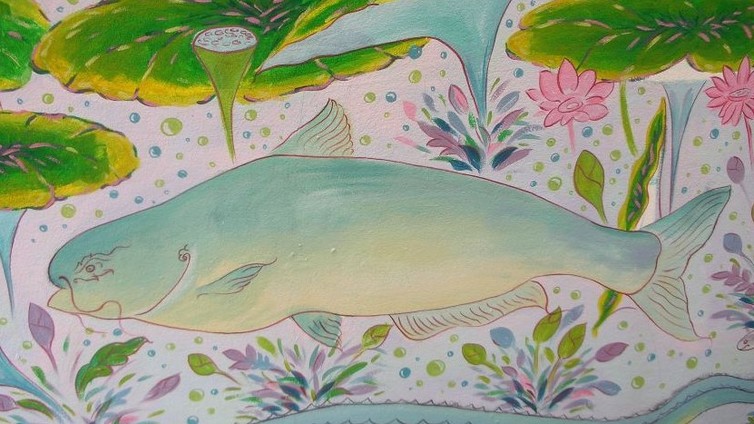
The traditional way to claim the life of a pla beuk was to go out in a wooden boat and throw a homemade spear or fibrous net laden with rocks at each corner. But now China wants to kill them another away – with bombs.
“Who would bomb a catfish?” I expect you’re asking.
China’s expanding trade routes
On May 14, the Chinese Government launched its Silk Road Project to develop trade routes across the lands of Central Asia to Europe as well as sea routes across Asian seas.
But China’s vision of Asian trade routes is not without its own bombs. The company charged with developing a trade route along the Mekong River (the state-owned Chinese Communications Construction Company) is set to dynamite river islands on a 900-kilometre section of the river that passes from the Chinese province of Yunnan through to the river port of Luang Prabang in Laos.
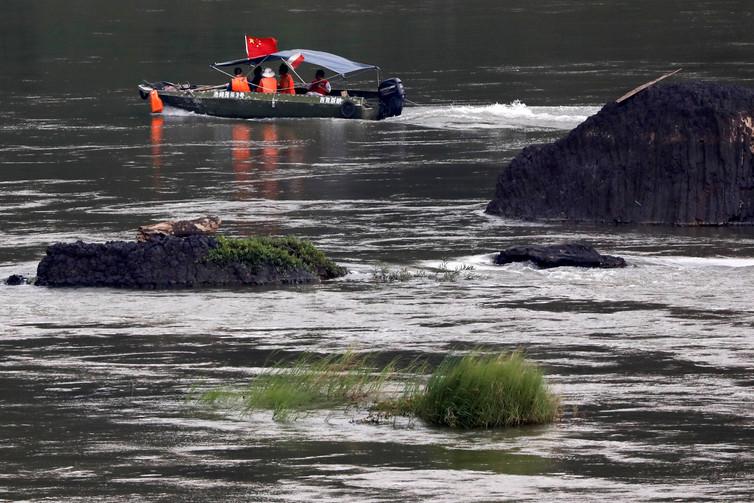
This section of the river has been navigable for decades for cargo boats carrying about 60 tonnes or more. These can safely pass between the Mekong’s islands if an experienced navigator is on board.
But China is brandishing about the idea that larger boats mean more trade and more prosperity. And it plans to open up the Yunnan-to-Luang Prabang stretch of the Mekong to 500-tonne cargo barges.
This means hundreds of river islands in China, Burma, Thailand and Laos have to be blasted away.
Route to environmental decay
While not officially part of the new Silk Road, the Mekong route is still part of China’s national goal of trade route expansion. But outside of that country, environmental groups such as Save the Mekong, International Rivers, the Burma Rivers Network are questioning the economic case for the Mekong to serve as an expanded trade route.
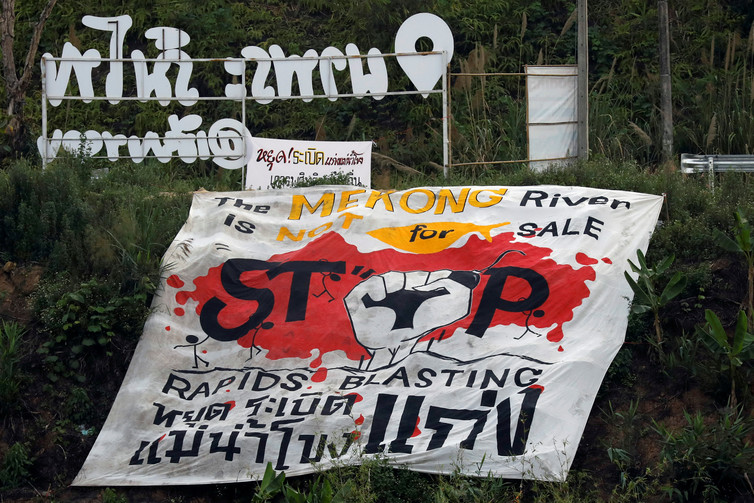
Right now, it takes two weeks for Yunnan producers to get their goods to a Chinese seaport and another week to get them to big city markets in Indochina. The Mekong trade route is touted as being able to do all this within a few days.
Despite the bigger boats and the faster travel times, the economic impetus may be less important to China than political drivers. China will be lending money and providing credit lines – to the tune of US$10 billion – to the various Mekong nations. And it can leverage this debt to push forward with its own interests in the region.
If the river islands do get blasted away, a whole range of environmental consequences may cascade for hundreds of kilometres. The river may travel faster in parts, eroding riverside farms and conservation zones. It may also end up travelling slower in other parts; lowering water levels and changing the quantity and quality of sediment that will flow downstream.
The impact of this changing water flow on food and water security has not yet been calculated — if it ever could be — but the risks are enormous.
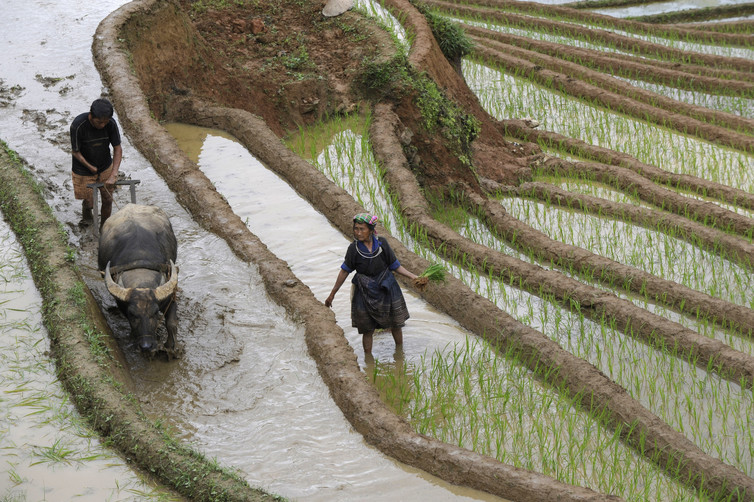
The Mekong, with its nutrient-rich sediment, is crucial for growing rice [image by: Tuan DC/Reuters ]
It may be shortsighted to gamble with this invaluable resource just to effect a slight increase in international trade figures. And this kind of threat to their livelihood recently pushed Mekong fishing communities to take to their riverboats in protest.
What’s more, business people in Burma, Laos and Thailand might look forward to increased trade between their nations but they may find themselves squeezed out of their local economy if they’re undercut by cheap goods flowing down the river from China.
Rock or an island?
Then, there’s the catfish. Those who seek to “smooth-out” the Mekong generally refer to the river islands as rocks. But these “rocks” are far from lifeless.

The river islands are far from lifeless [image by Jorge Silva/Reuters]
When pla beuk are young – and “ugly-cute” with prominent their whiskers – they hang around these sorts of places as they shelter from predators, feed on algae, and slowly grow. Destruction of these river islands and rocky outcrops would probably lead to the demise of juvenile fish.
At the moment, the Mekong River is known to be the most biodiverse river in the world — after the Amazon. But if the river islands are bombed away and if the riverscape is engineered into something more like a large artificial canal, then endangered species, including pla beuk, face extinction.
Alas, even if the river islands are left in peace, the fish of the Mekong face another attack from China: dams. Chinese dams have all but stopped fish migration in the upper reaches of the Mekong yet many more dams are being built every year.
If you are a fish, having your island birthplace blasted away with dynamite might seem pretty rough. But coming across a new dam is like a nuclear bomb going off.
This story first appeared in the Conversation.
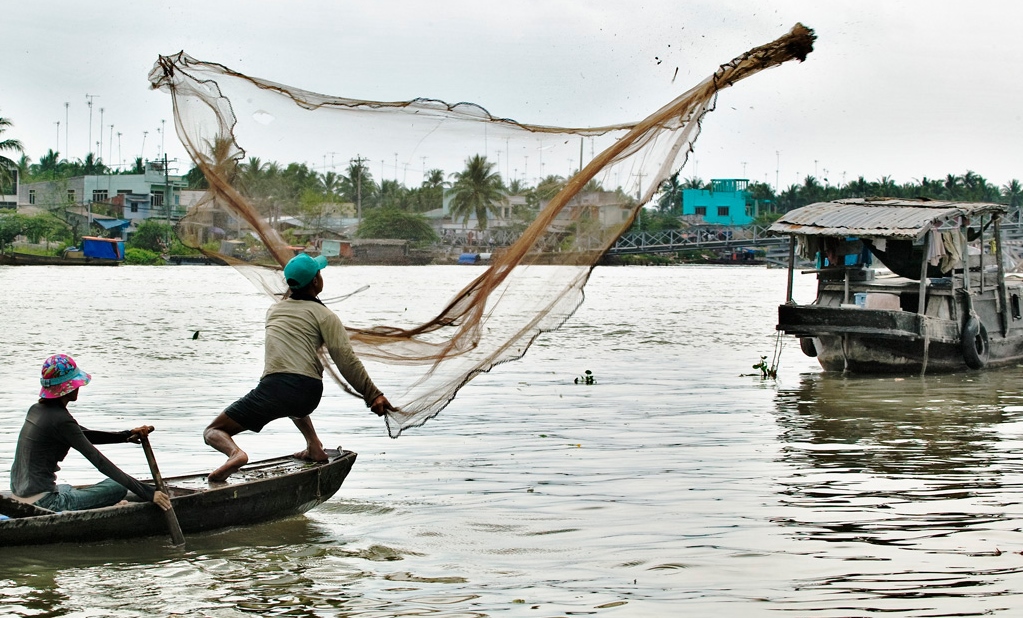
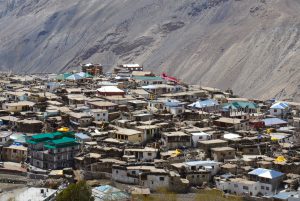


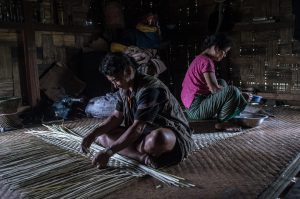
![The Indus at the site of the proposed Diamer-Basha dam [image by: Water and Power Development Authority, Pakistan]](https://dialogue.earth/content/uploads/2017/05/Indus_Diamer_Basha_Dam_Site_Image_WAPDA-300x169.jpg)
